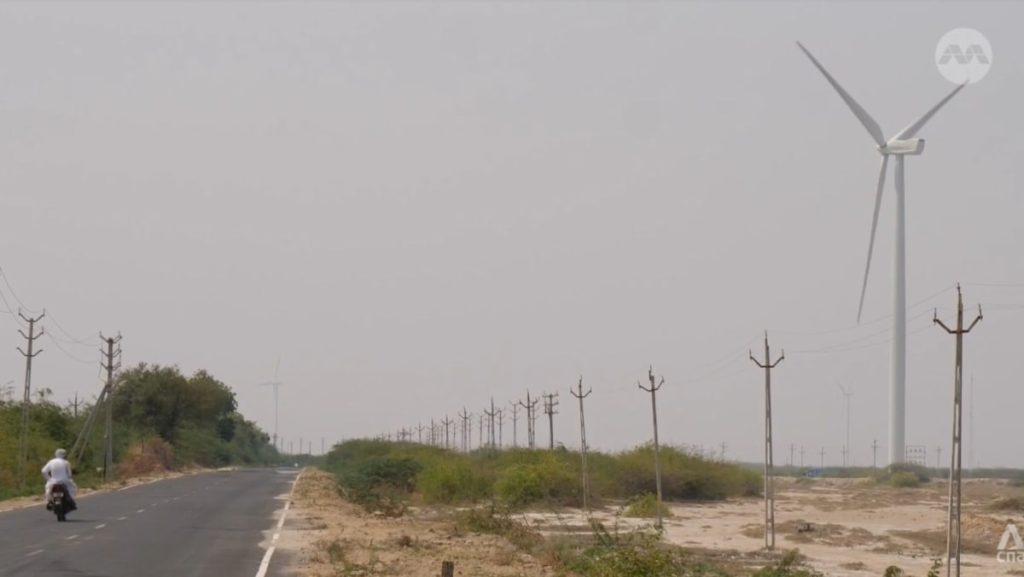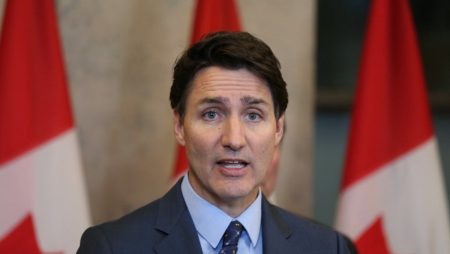Modhera, a village in Gujarat, was selected to be India’s first solar-powered village due to its famous Hindu sun temple dating back to the 11th century. This project is part of the Indian government’s initiative to generate fifty percent of its electricity from renewable sources by 2030. Prime Minister Narendra Modi has pledged to make India achieve “net zero” emissions by 2070, with a focus on becoming energy independent in the coming decades. Developing renewable energy is crucial for India to reduce its trade deficit caused by expensive fossil fuel imports.
Despite doubling its green energy capacity to 188 gigawatts from just over 80 a decade ago, India is still far from reaching its target of 500 gigawatts by 2030. Analysts believe that achieving this goal is possible, but issues such as the high cost of capital need to be addressed to attract more investors. A report by think tank Ember estimated that India would need nearly US$300 billion in financing to meet its capacity targets by 2030, with an additional US$100 billion required to align with the net-zero pathway proposed by the International Energy Agency.
Shailendra Singh Rao, founder of Creduce, a climate change mitigation and business service provider, emphasized the need for the government to provide incentives such as lower interest rates and additional capital to encourage investment in the renewable energy sector. She also highlighted the importance of infrastructure development to increase capacity. The Indian government’s goal is to establish India as a global leader in energy transition and renewable energy, aiming to become a superpower in this field.
With the upcoming elections, Mr. Modi is campaigning for a rare third term, promising to work towards making India self-sufficient in energy. The government’s commitment to developing renewable energy is evident, but experts believe that more investment and support are needed to accelerate progress. While India has made significant progress in expanding energy production from renewable sources, a shortage of investment is slowing down the transition.
The solar project in Modhera is a symbol of India’s commitment to renewable energy and sustainability. As the country continues on its path towards energy independence and environmental protection, addressing the challenges of financing, capital costs, and infrastructure development will be crucial to achieving the ambitious targets set by the government. With the right support and investment, India has the potential to become a global leader in renewable energy and contribute significantly to the fight against climate change.













